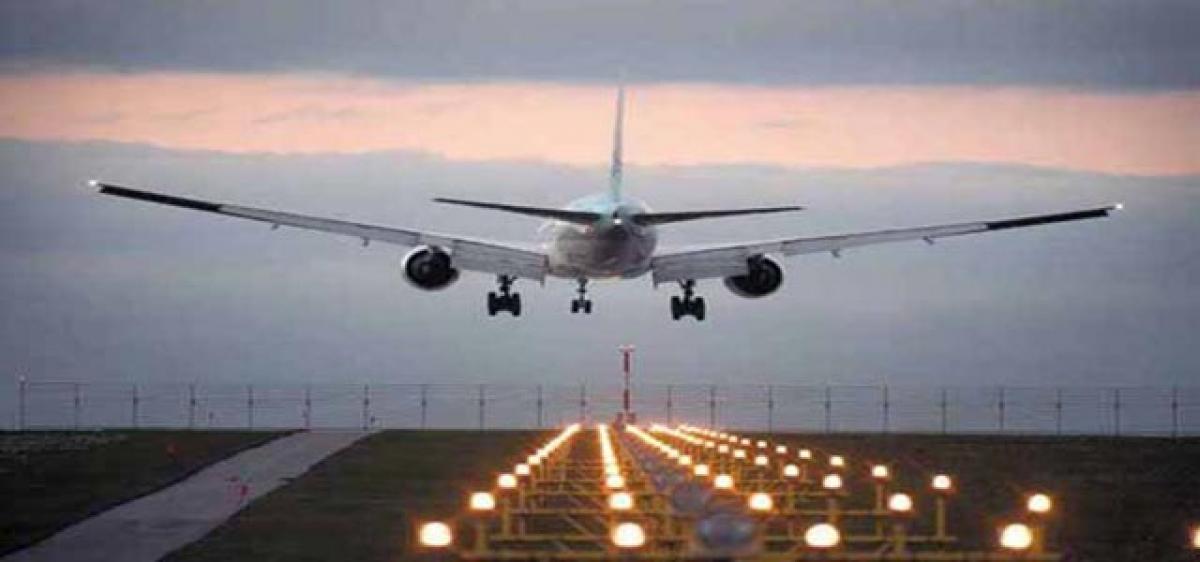UDAN Scheme

The government on March 30 announced regional aviation routes and airlines after the first round of bidding under Regional Connectivity Scheme-UDAN, Ude Desh Ka Aam Nagrik.
The government on March 30 announced regional aviation routes and airlines after the first round of bidding under Regional Connectivity Scheme-UDAN, Ude Desh Ka Aam Nagrik. Five airlines will operate on 128 routes under the regional connectivity scheme wherein fares are capped at 2,500 rupees for one-hour flights. Over 45 unserved and under-served airports will be connected under the scheme that seeks to make flying more affordable.
The objective of UDAN is to enhance air passenger traffic in the country by stimulating demand on regional routes. Amount collected as Regional Connectivity Fund (RCF) will be used to provide financial support to airlines in the form of Viability Gap Funding (VGF) for operations under the scheme. As per the directions of MoCA, RCF will be funded by a small levy per departure on all domestic flights other than the ones on Category II / Category IIA routes under RDG, RCS Routes and aircraft having maximum certified takeoff mass not exceeding 40,000 kg.
The national scheduled airlines providing services on domestic routes where such fee per departure is levied would also be eligible under the Scheme to avail benefits of RCS. Similarly, even the passengers would be benefited through additional connectivity on regional routes at prices which are at or below the airfare caps.
Accordingly, the scheme brings down the operating cost for an airline by reducing taxes on aviation turbine fuel (ATF) and airport and other charges. Improving liquidity in the small plane leasing market will make it easy for entrepreneurs and airlines to start these routes. The RCF is estimated to collect around Rs 500 crore. According to analyst reports, the aviation industry in India is expected to record revenues of Rs 0.7 lakh crores on domestic travel in this year – this levy could amount to only 0.6% of the total domestic revenues of the industry.
If the average viability gap funding required by the industry amounts to say Rs 1,000 per seat, this levy can create 50 lakh UDAN seats or 1 crore seats overall connecting currently underserved and unserved airports. With around 10 crore people expected to fly this year domestically even before the launch of the scheme, UDAN can significantly increase the base of travelers in India introducing large numbers of citizens to a more efficient transport.
















